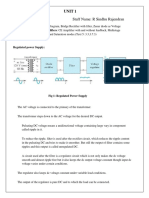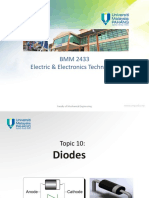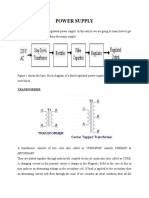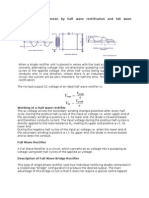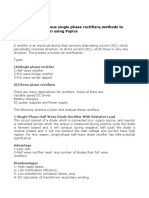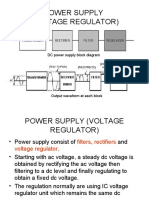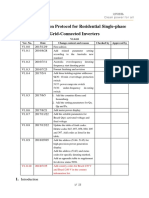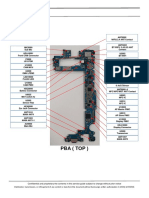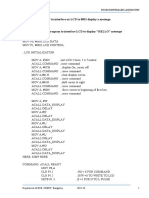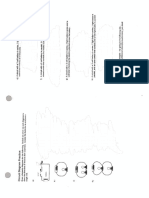0% found this document useful (0 votes)
13 views30 pagesModule+1 Esc
The document provides an overview of power supply components, including transformers, rectifiers, filters, and voltage regulators. It details the characteristics and applications of PN junction diodes, as well as various rectification methods such as half-wave and full-wave rectifiers. Additionally, it covers voltage multipliers and transistor configurations, emphasizing their roles in electronic circuits.
Uploaded by
gurujamkhandi26Copyright
© © All Rights Reserved
We take content rights seriously. If you suspect this is your content, claim it here.
Available Formats
Download as PDF, TXT or read online on Scribd
0% found this document useful (0 votes)
13 views30 pagesModule+1 Esc
The document provides an overview of power supply components, including transformers, rectifiers, filters, and voltage regulators. It details the characteristics and applications of PN junction diodes, as well as various rectification methods such as half-wave and full-wave rectifiers. Additionally, it covers voltage multipliers and transistor configurations, emphasizing their roles in electronic circuits.
Uploaded by
gurujamkhandi26Copyright
© © All Rights Reserved
We take content rights seriously. If you suspect this is your content, claim it here.
Available Formats
Download as PDF, TXT or read online on Scribd
/ 30









